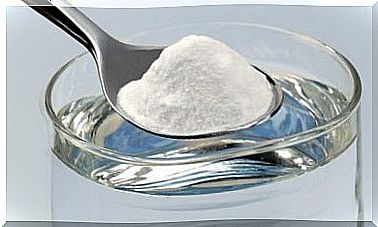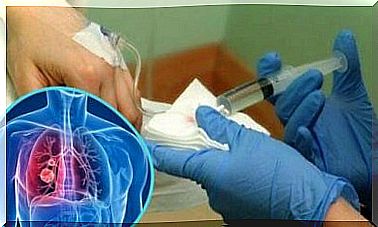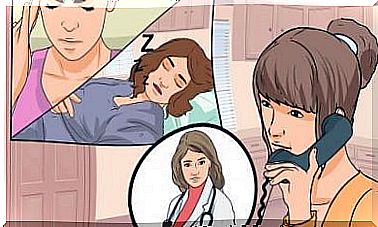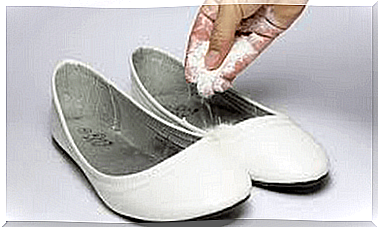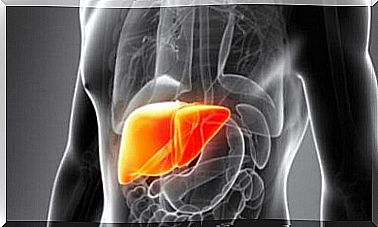What Should You Do When You Have A Cramp?
The pain can occur in any area of the body and can strike when we are not expecting it. We’re talking cramp.
Who hasn’t ever had a cramp? The answer to this question is ‘nobody’. This is due to the composition of the body, which is made up of muscles everywhere.
What is cramp?
Cramp is nothing more than an involuntary contraction of the muscle. Sometimes not the entire muscle contracts, but only part of the muscle. As a result, it is concentrated in one place. The pain is, of course, just as intense and annoying.
Cramp occurs without trauma or damage to the muscles. It is especially common after overestimating the body or before going to sleep.
Causes of involuntary muscle contractions
As we mentioned above, trauma or damage to the muscles does not cause cramping, although many people believe this.
The factors that can cause this are different and are a long way from muscle damage. The most common are:
- Injuries to the spinal cord.
- Problems with the nervous system.
- Muscle overload.
- Deficiency of minerals.
- Hydration problems.
- Insufficient blood flow in the muscle.
- A pinched nerve in the back or neck.
Other factors include:
- Pregnancy
- Period
- Renal insufficiency
- Hypothyroidism
- Problems with alcohol
- Certain medications
What should you do if you have cramps?
You can get cramps at any time. It is therefore recommended to know what to do if you experience this. You need to know how to prepare for this situation.
Before doing physical activities
Overloading your muscles is one of the biggest causes of voluntary muscle contractions. That is why it is important that you take some precautions before starting any physical activity.
- Activate all muscle groups, especially the muscles you are going to train.
- Hydrate yourself before, during and after the activity.
- Do not eat heavy food.
- If you do, do it at least two hours before exercising.
- Avoid drinking coffee or alcoholic drinks.
Alternatives to control cramps
There are many ways to ease voluntary muscle contractions. We’ll show you the easiest one.
Massage the muscle that is cramped
This is one of the most common ways to treat cramps. This is mainly because it is so easy to do and it also offers many advantages.
- To do this, it is important to lie down in a comfortable position, depending on which muscle you are experiencing.
- Then move one hand vigorously and massage the area with circular motions. This will stimulate the blood circulation of the muscle causing it to quickly return to its normal position.
Warm the cramped muscle
This is also a good alternative to help with cramping, especially if it lasts for a long time.
We can apply the heat in different ways:
- Take a warm shower: The warmth of the water on the body will relax the muscles, which will make the cramps go away. Hot water combined with steam can be very effective.
- Hot water compresses: Soak a cloth in hot water (not too hot), then apply directly to the affected area. This will improve the condition of the muscle. If you don’t have a towel, you can also use another type of cloth.
Drink lots of water
One of the biggest causes of cramps is a lack of fluids. A good solution for this is very easy: drink more water! This solution not only helps relieve cramping but also helps prevent it.
If you suffer from cramps, you should drink at least half a liter of water.
However, it is important to know whether the cramp occurs during prolonged physical activity. If this is the case, it stems directly from a moisture deficiency.
To keep in mind
It is important to know that it is very normal to have cramps from time to time. While it is not pleasant to have a random contraction in the muscles, remember that it should last no more than 10 minutes.
If this is not the case, we recommend that you go to your doctor and have further tests done on the muscles.
